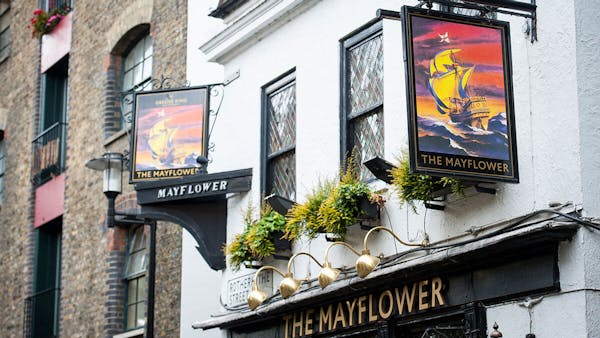GUY FAWKES, CATHOLICS AND THE 36 BARRELS
When Mary Tudor took the English throne in 1553 her reign was hailed as the dawn of a new day for Catholicism in England. Catholics throughout the country looked forward to seeing the former glory of the Papacy restored under Mary’s iron fist. But their hopes were bitterly disappointed when the Queen died five years into her reign leaving behind a Protestant heir, her sister Elizabeth. The militant advance of Catholicism in England came to a sudden grinding halt and to add insult to injury, Catholics had to watch the daughter of Anne Boleyn take the throne. Her reign of a little more than 40 years provided the stability that Protestantism needed to firmly establish itself as the national religion. When she died she left no heirs and James VI of Scotland was proclaimed King of England, taking the English throne as James I in 1603.
James was the son of Mary Stuart also known as Mary, Queen of Scots. His great-grandmother had been Henry VIII’s sister Margaret Tudor and it is through this connection that he came by his claim to the throne of England. Though his mother, Mary Stuart’s family had been staunch Catholics, he himself was a Protestant. The sentiment among English Catholics was aptly summarised by Hugh Owen, an English Catholic living in exile in Spain. He wrote; “I perceive there is no hope at all of amendment in this stinking King of ours. An ill quarter to look for righteousness: at the hands of a miserable Scot”. In other words, English Catholics at home and abroad had all but given up any hope of seeing the Papacy restored to its rightful place of authority in England.

